Norma Cases 7×64 QTY 100
Sorry, this product is not available to purchase in your country.
R 2,989.00 Incl. VAT
Norma Cases 7×64 QTY 100

7 x 64
Wilhelm Brenneke was a brilliant German cartridge designer and still famous in Europe for his development of slugs for use in shotguns. He also constructed a very modern line of rifle cartridges with the most popular bullet diameters from before the turn of the century, but with a larger powder space than the then “standard” length of 57 mm.
The first was 8×64 from 1912 which was designed in a an attempt to get a government contract for a more powerful military round than the 8×57. The attempt was in vain, but as the 7×57 was already popular Brenneke also constructed the 7×64 in 1917 – 40 years before the almost identical .280 Remington was introduced. Designed solely as a hunting cartridge the 7×64 is very widespread in Central Europe as several countries here have banned the use of military calibers for hunting.
To the handloader the 7×64 is a very versatile cartridge with bullet weights available from 80 to 180 grains. You could call it a European .270. As the powder space of the two cartridges is almost identical, the differences in performance are purely academic when it comes to bullets of equal weight. However due to its slightly larger bullet diameter – .284” compared to the .270’s .277” – the former has a slight edge when heavy bullets are needed for large species. The 7×64 is adequate for all species on the Northern hemisphere – including the big bears, provided a heavy bullet of good construction is used.
Norma Brass
Norma Brass is the gold-standard of cartridge cases.
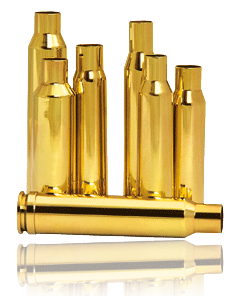
Norma products are known worldwide for high quality. Cartridge cases are an important factor in this reputation. Superior quality ensures a long life and many reloads. Norma cases are made of the best possible raw materials with the narrowest tolerances, and they deliver accuracy round after round.
The case neck is annealed to become softer. This prevents gas leaks and enables the case to hold the bullet firmly for at least 10 years without cracking as a result of aging material.
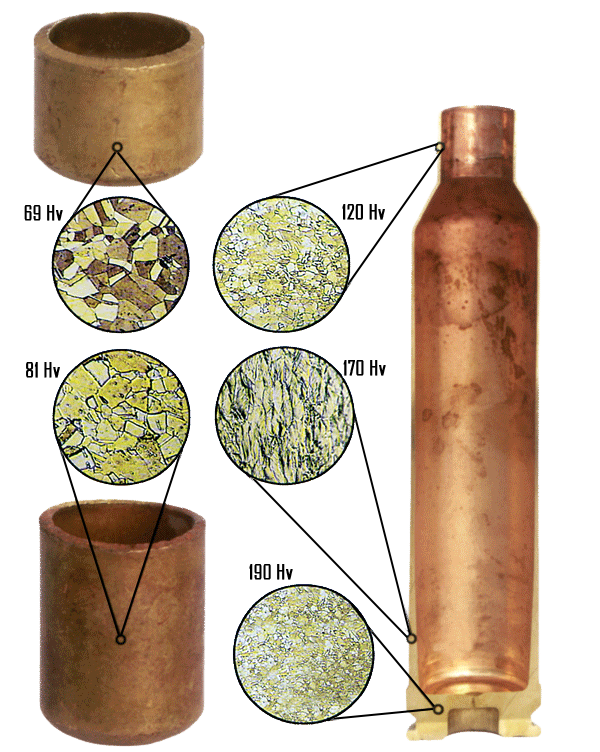
Further down on the case body, the hardness increases to avoid unnecessary stretching. If it is too hard, it would bring the risk of cracks.
Furthest down, around the primer pocket, the brass should be firm. Here, the hardness is nearly twice that of around the neck.
The structure of the material reveals the hardness. During processing the large, soft grains are broken down into smaller ones, which makes for a harder material. At the annealing, small grains become bigger and the hardness decreases.
| Weight | 1.5 kg |
|---|---|
| Dimensions | 25 × 15 × 15 cm |
Be the first to review “Norma Cases 7×64 QTY 100” Cancel reply
You must be logged in to post a review.

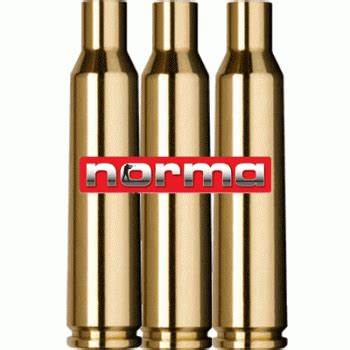
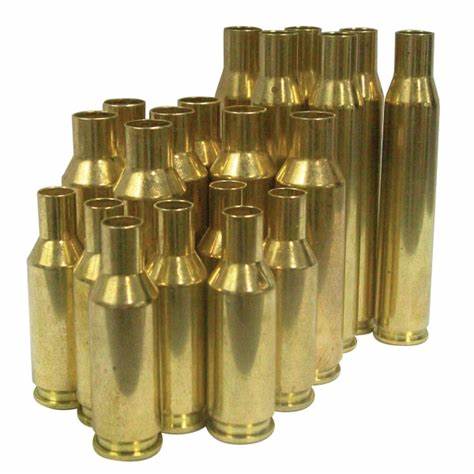

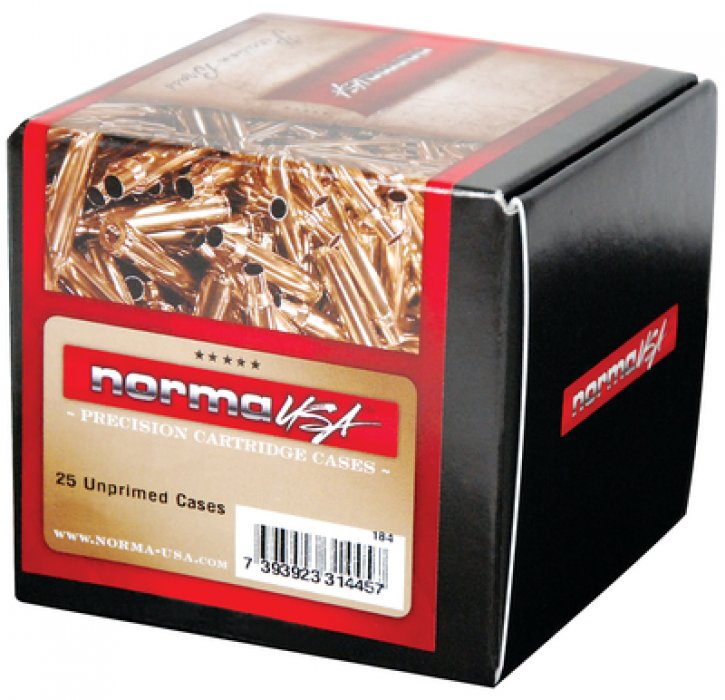
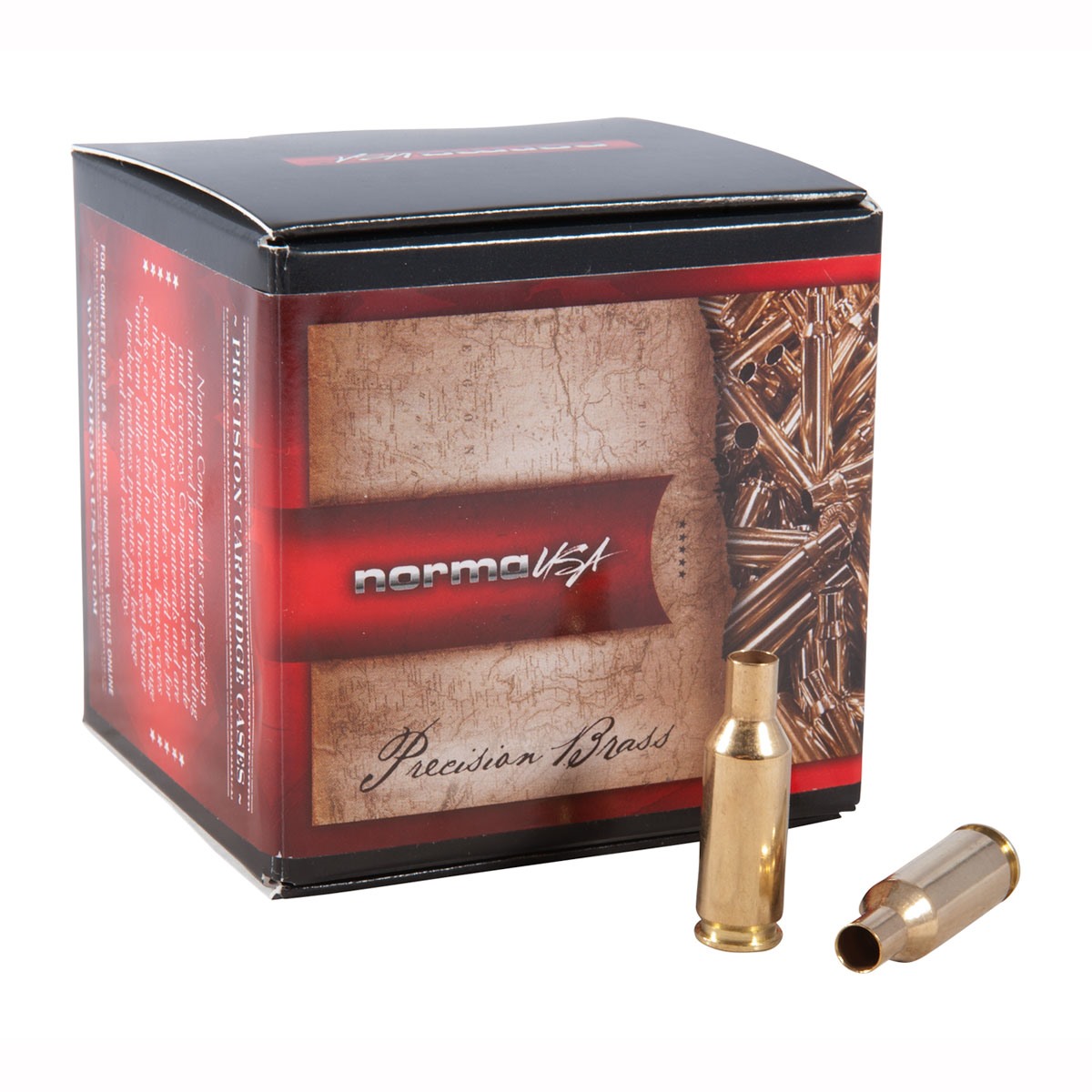
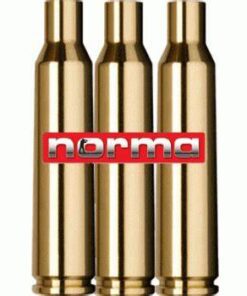
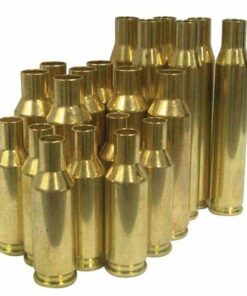
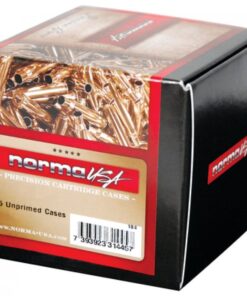
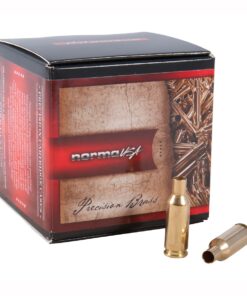


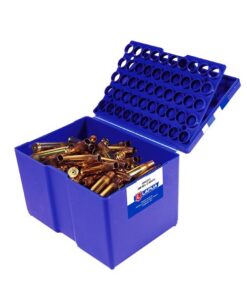

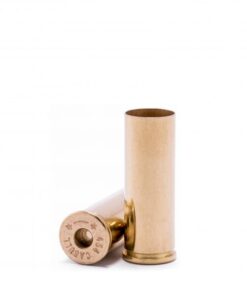



Reviews
There are no reviews yet.